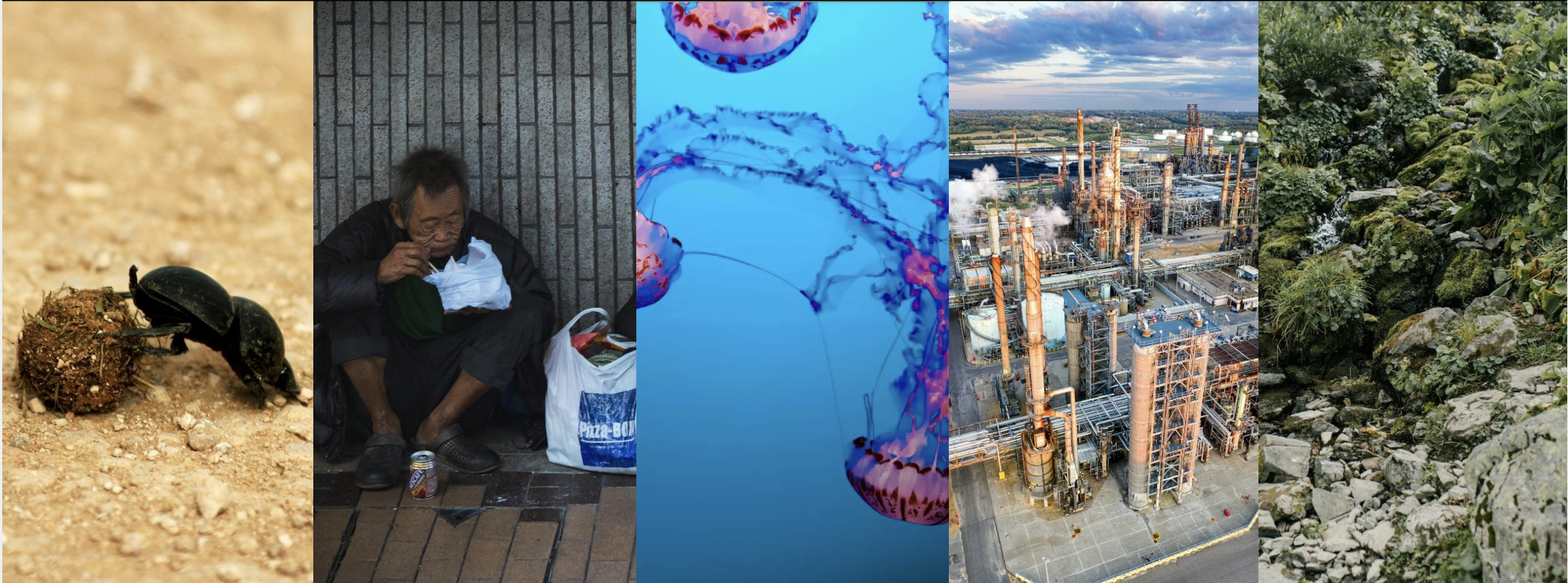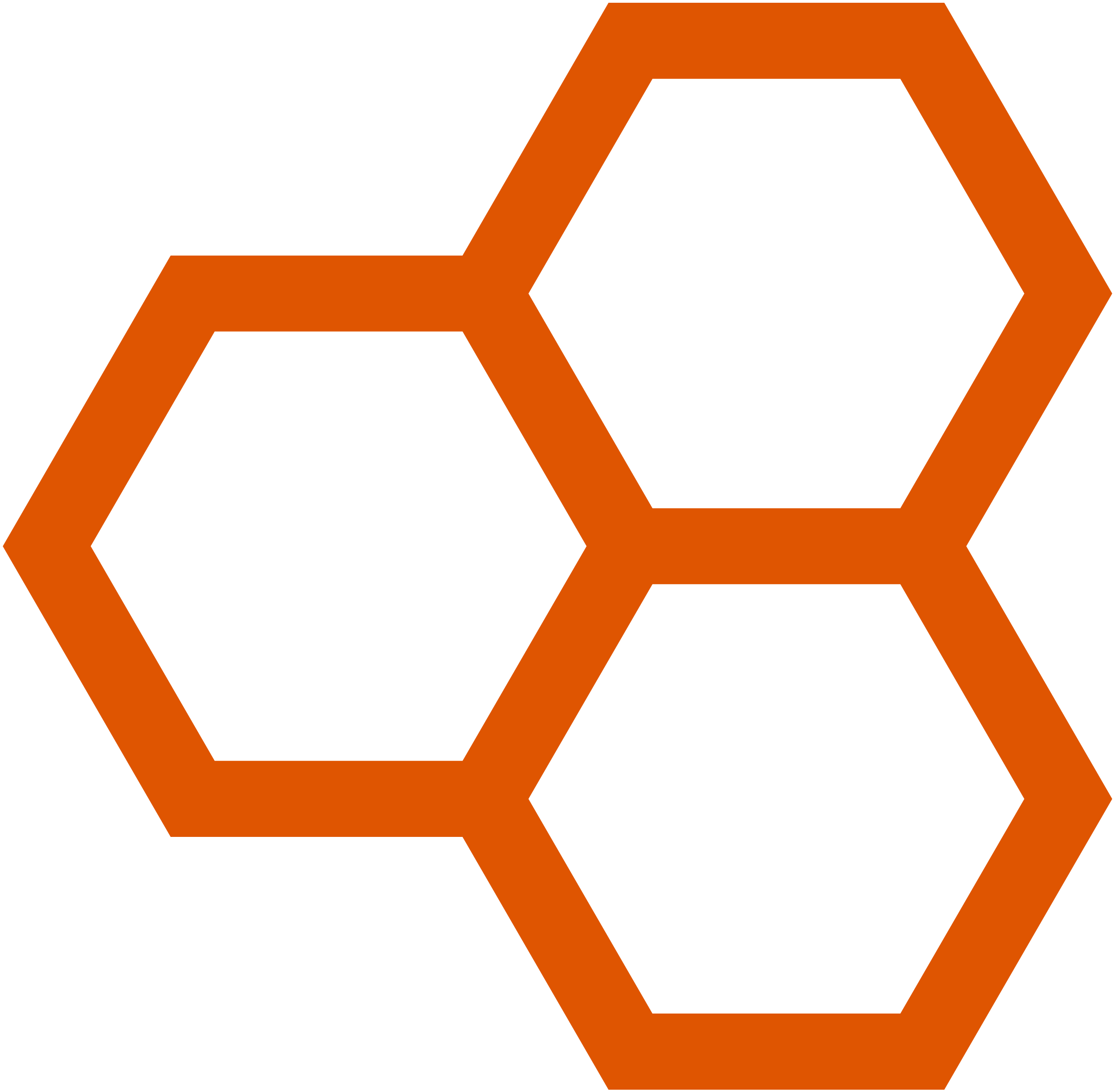Sit down, I’ll tell you a story.
It begins with a famous mother: the Earth. She gave her future thousands of children an environment in which to flourish. Time passed. The differences appeared. We too arrived, although much later.
Let’s move on to today, shall we? Let us look at these words.
Balance. Synergy. Harmony. Sustainability. Fluidity. Growth.
Do these words ring a bell? A kind of holy grail that every company is aiming for. Everyone as well. Most services, products, and topics of the day are about these few words. We want well-being but productivity. Quality but speed. Teamwork but personal development. So many social dichotomies running through our daily lives in a furtive way.
Humans, the most intelligent animal. The man who went to the moon. The one with a thousand technological advances that are changing our lives for better or worse.
The human to the incessant questions. Searching for the truths hidden all around him.
If you could ask yourself three questions to know the absolute truth, what would they be? Would we all ask the same? Would it be on personal subjects or on larger issues?
Which ecosystem would you choose first? Yours or ours, one on a larger scale, always with three truths. Indisputable truths.
Let’s look at an analogy together:
A child evolves in his ecosystem, his family. He has three truths; He’s part of a group, things will change, and he’ll adapt to the changes.
It’s that simple, isn’t it? At what point these words:
- Balance
- Synergy
- Harmony
- Sustainability
- Fluidity
- Growth
have became a conscious issue? The brain bombarded with questions, limitations, forced norms that have been ingrained for decades. Have these conventions really evolved according to the three truths we have shared? We are together, things change, and we can adapt to them.
Again, from a child’s perspective, their ecosystem is the world around them. As adults, as citizens, our ecosystem is amplified in a gigantic way. The truths remain the same despite everything.
As much as nature follows its course, man is denatured in the face of change by creating unsuitable systems. Despite studies in anthropology, humans, as soon as they enter the school system, become denatured. They are not taught to connect with themselves, to discover their uniqueness to contribute to society. Only to conform to norms and rules that go against his instincts , which can harm his health and well-being.
But what truths would you like to know?
Let’s be friendly and let me share mine with you. What would I like to know?
- How could I contribute to the common good of our society?
- Will humans know when the time comes to stop trying to go further and instead solve the problems for which we already have the solutions and resources?
- Will we be able to live in symbiosis as a species, seeing and addressing imbalances without having to raise a flag to ask for help?
You will tell me that it is impossible, we are far too many, so many cultures, different fields, contrary climates… How to do it?
Well, let’s ask our oldest friend: mother nature.
Nature operates according to several ecological cycles that promote the self-sufficiency of ecosystems and their balance. These cycles take place naturally without human intervention thanks to the dynamic balance of ecosystems. Each species plays a specific role, and interactions between them (such as predation, competition, and symbiosis) regulate populations and resources. This regulation allows the ecosystem to adapt to environmental changes, thus strengthening its resilience and sustainability.
Again, these three truths: the group, the changes, the adaptation.
The success of natural cycles relies on the balance and interconnectedness of species, while humanity faces challenges in maintaining a sustainable balance. Here are some parallels:
- Interdependence vs. Individualism:
- Nature: In an ecosystem, each species plays a specific role, contributing to the overall balance. For example, pollinators support plant reproduction, and decomposers return nutrients to the soil.
- Humans: Often, human actions are guided by short-term individual or economic interests, which can upset natural balances. The overexploitation of resources (such as fishing or deforestation) illustrates this lack of interdependence.
- Natural regeneration vs. Technological dependence:
- Nature: Ecosystems regenerate autonomously. For example, after a fire, nature recovers through regeneration mechanisms.
- Humans: Reliance on technology to solve environmental problems can create imbalances. Short-term solutions, such as excessive pesticide use, can damage soils and reduce biodiversity.
- Adaptability vs. Resistance to change:
- Nature: Ecosystems adapt to changes (climatic, geological) through evolutionary processes. Species can migrate or evolve to survive.
- Humans: Human societies sometimes struggle to adapt to rapid environmental changes, often due to rigid social structures or resistance to new ideas.
- Reciprocity vs. Exploitation:
- Nature: Relationships between species are often based on reciprocity. For example, plants and pollinators help each other.
- Humans: Human interactions with nature are sometimes based on exploitation, which leads to environmental degradation and loss of biodiversity.
- Sustainable cycles vs. Linear consumption:
- Nature: Ecological cycles are circular, with each element continually being recycled.
- Humans: The modern economy tends to be linear, with a “take, make, throw away” model. This leads to waste and excessive consumption of resources.
While nature functions in harmony through interconnected and adaptive cycles, humanity faces challenges that hinder its ability to maintain a sustainable balance, often due to a development approach that ignores the lessons of nature as a hypercomplex system model managing thousands of elements, and this, without the intelligence of humans. The human being, on the contrary, harms it, destroys it.
This nature, this ecosystem knows that it is not alone, that there will be changes and that there will be adaptation. Difficult sometimes. Nevertheless, things will be done to the detriment of some for the good of the whole.
Nature does not ask itself questions. It’s programmed into DNA, instinct governs species. According to our three truths. With one goal: survival.
How will you use these three truths now? You are unique, from your DNA to the person you are. You have an instinct that society has tried or perhaps managed to conceal.
Is an animal or a child experiencing mental stress because they follow their instincts 24/7?
No. What would happen if we used the instinctive strengths of everyone for a common goal: the survival and growth of the species?
I strongly believe that nature, with its perpetual cycles, offers important lessons about sustainability and balance that can be applied to the management of human ecosystems.
- The interconnection of systems
Nature shows that everything is interconnected. Carbon, water, and nutrient cycles show how the actions of one species influence others. For human societies, this means that decisions must consider the long-term impacts on the entire ecosystem.
- Recovery and resilience
Natural ecosystems have a remarkable capacity for resilience. After disturbances such as fires or floods, nature often finds ways to regenerate itself. For human communities, this underscores the importance of building adaptive systems that can recover from shocks, whether environmental or economic.
- Circularity of resources
In nature, the waste of one species becomes a resource for another. For example, decomposers convert organic matter into nutrients for plants. This circular model is a powerful example for the human economy. Promoting recycling, reuse, and waste reduction can help create sustainable economic systems, reducing dependence on finite resources.
- Adaptation and evolution
Species are constantly adapting to their environment. This underscores the importance for humans to remain flexible and open to change. Smart and sustainable cities, which incorporate green infrastructure, must evolve with the needs of populations while considering environmental challenges.
- Long-term resource management
Natural cycles teach the importance of sustainable resource management. For example, sustainable fishing is inspired by the principles of natural regeneration, ensuring that fish stocks remain viable for future generations. This can be applied to other resources, such as water and forests, promoting use that preserves ecosystems.
- Role of communities
In nature, symbiotic relationships are essential. Humans can learn to work collaboratively within their communities. This includes sharing resources, supporting local initiatives and promoting green practices. Community engagement can build collective resilience in the face of environmental challenges.
By incorporating these lessons from nature into our lifestyles, we can not only improve our own sustainability, but also contribute to healthy ecosystems. Taking an approach inspired by natural cycles could enable human societies to better coexist with the environment, creating more balanced and sustainable systems for future generations that will have major impacts for future generations.
This will promote resource sustainability, ensuring continued access to water, food and energy. Preserved biodiversity will strengthen the resilience of ecosystems to climate change. Collaborative communities will encourage civic engagement and social well-being. In addition, a circular lifestyle will reduce waste and pollution, contributing to a healthier environment. By incorporating these principles, future generations will inherit a balanced and prosperous planet that can support their needs and those of future generations.
Are we there yet? Self-sufficient and aware of our impact, using our instinctive talents for the survival of our ecosystems according to the three truths.
- We are a group
- Things will ALWAYS change
- We must adapt to the changes
It’s up to us to decide the end of this story.
Photo credits: Piet Baker, Jimmy Chan, Tom fisk, Julia volk, Tim Mossholder

